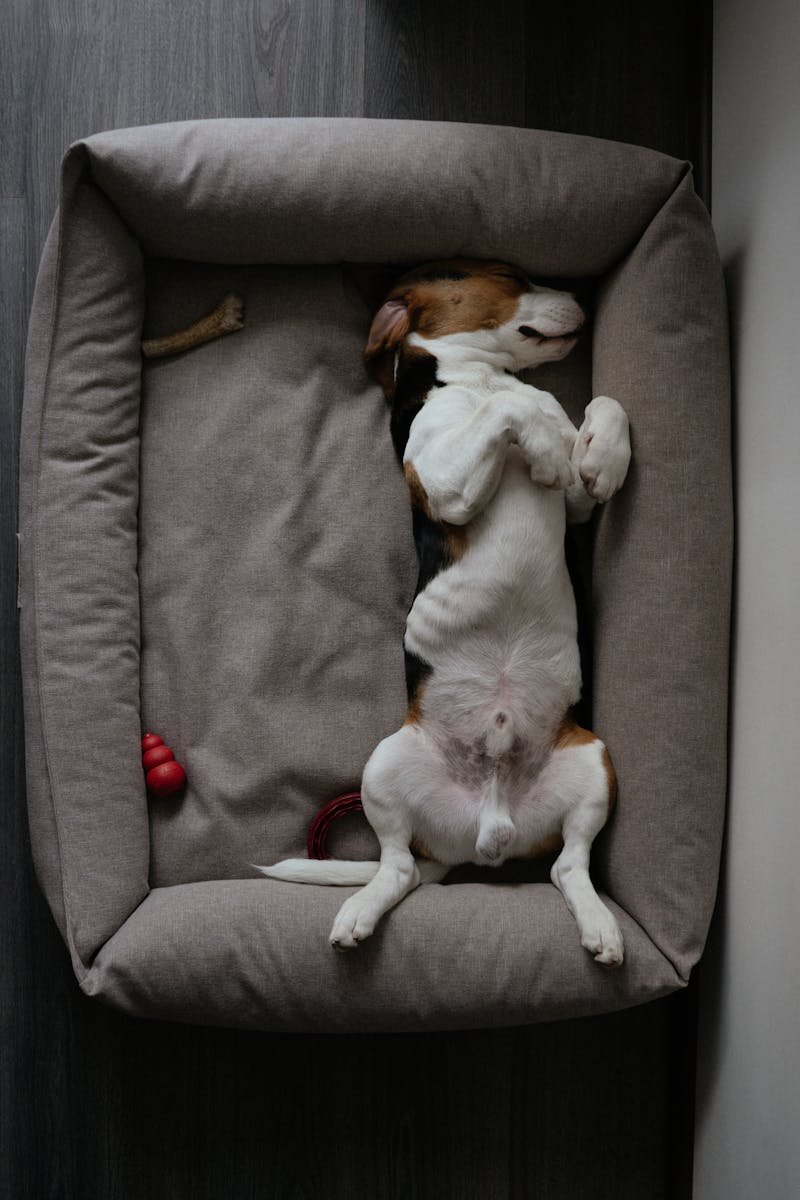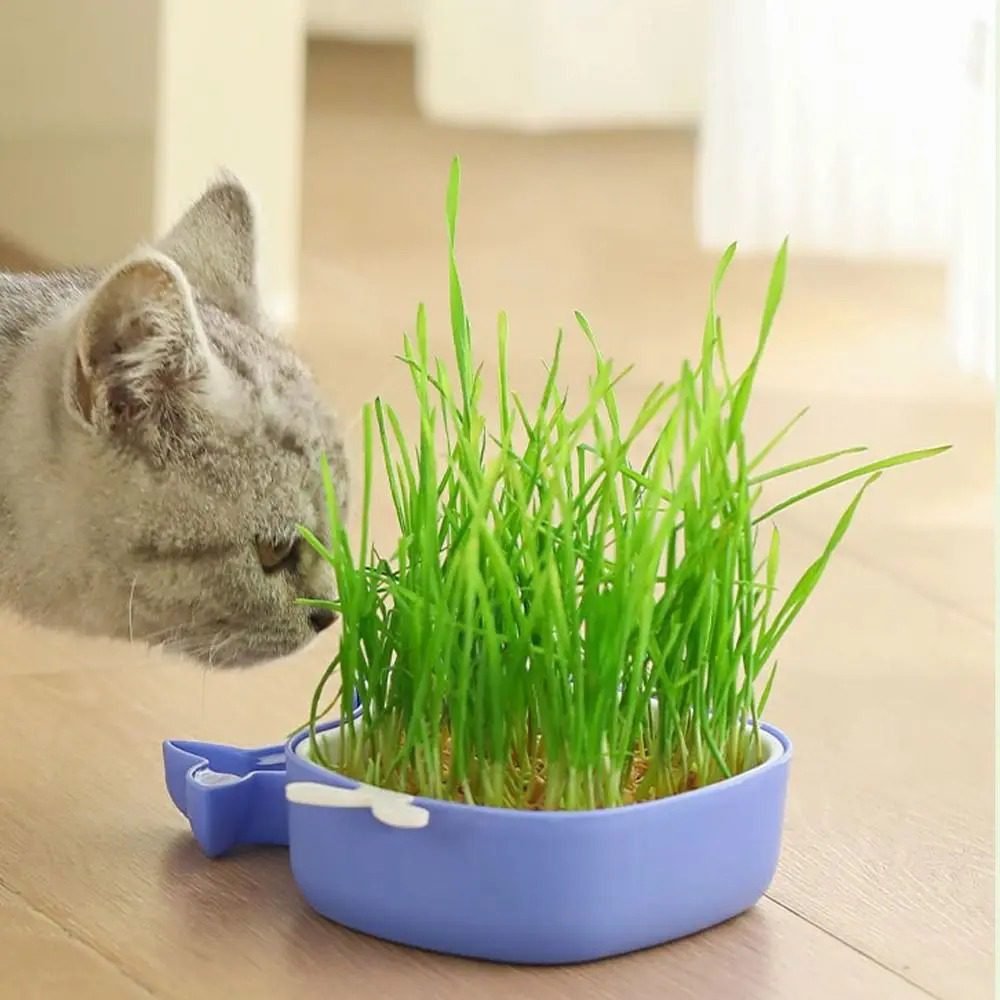Looking for a creative way to repurpose an old tire while creating something special for your four-legged friend? Upcycling a used tire into a custom dog bed is an ingenious DIY project that combines sustainability with practicality. With some basic tools and a few helpful tips, you can transform what would be landfill waste into a durable, comfortable, and uniquely stylish resting spot for your canine companion.
Why Upcycle a Tire into a DIY Dog Bed?
- Extreme durability: Tires are designed to withstand years of road wear, making them nearly indestructible as pet furniture
- Cost-effective: Repurpose a free or low-cost tire instead of spending $50-150 on commercial dog beds
- Eco-friendly: Keep tires out of landfills where they take hundreds of years to decompose
- Customizable: Create a bed perfectly sized for your dog with colors and fabrics that match your decor
- Washable: Design with removable covers for easy cleaning—something many store-bought beds lack
- Chew-resistant: Ideal for dogs who destroy traditional fabric beds
- Indoor/outdoor versatility: Weather-resistant base makes it suitable for porches, patios, or indoor use
Essential Supplies for Your DIY Tire Dog Bed
Basic Materials
- 1 used tire (size appropriate for your dog—small/medium car tire for small dogs, larger truck tire for big dogs)
- Plywood circle cut to fit inside tire base
- High-density foam pad cut to tire’s inner circumference
- Waterproof fabric (outdoor canvas or marine vinyl work well)
- Decorative fabric for outer cover
- Heavy-duty upholstery thread
- Spray paint formulated for rubber (optional for decorating the tire exterior)
- Waterproof sealant (if using outdoors)
Tools Needed
- Box cutter or utility knife
- Scissors
- Scrub brush for cleaning
- Sewing machine (heavy-duty preferred) or upholstery needle for hand sewing
- Measuring tape
- Marker or chalk
- Sandpaper
- Electric drill (optional for drainage holes)
- Staple gun (optional)
Step-by-Step DIY Process with Expert Tips
1. Select and Clean Your Tire
Choose a tire with minimal wear and intact sidewalls. Clean thoroughly to remove all road grime, oil, and debris.
DIY cleaning tip: Use a degreasing solution like Simple Green or a mixture of dish soap and baking soda. Scrub with a stiff brush, focusing on grooves and textures. Rinse thoroughly and allow to dry completely for at least 24 hours.
2. Prepare the Tire Base
For a standard dog bed design, you’ll use the tire as is, with the sidewalls creating a natural “nest” shape.
Pro safety tip: Inspect carefully for any metal wires that might be exposed in worn tires. Sand down any rough edges to protect both you and your pet.
3. Create Drainage (for Outdoor Use)
If your dog bed will be used outdoors, drill several small drainage holes in the bottom of the tire.
DIY weatherproofing tip: After drilling, apply waterproof sealant around the holes to prevent water from seeping into the foam.
4. Add a Solid Base (Optional but Recommended)
Cut a circle of plywood to fit snugly inside the bottom of the tire. This creates a firm foundation and prevents the bedding from sagging.
Measurement tip: Place the tire on a large piece of paper, trace the inner circle, then cut your plywood slightly larger (approximately 1/4 inch) than this tracing for a secure fit.
5. Paint the Tire (Optional)
If you want to customize the look of your dog bed, paint the exterior of the tire.
DIY painting tips:
- Sand the tire exterior lightly first for better paint adhesion
- Use spray paint specifically formulated for rubber
- Apply 2-3 light coats rather than one heavy coat
- Allow each coat to dry completely before applying the next
- Consider adding a clear sealant as a final coat for durability
- Popular color choices: black, white, bright colors that match your decor, or patterns using stencils
6. Prepare the Cushion
Measure the inner diameter of your tire and cut high-density foam to fit this space. For maximum comfort, the foam should be at least 3-4 inches thick.
DIY comfort tip: Layer different densities of foam—firmer on bottom, softer on top—for the perfect balance of support and comfort.
7. Create a Waterproof Inner Cover
Cut waterproof fabric approximately 4 inches larger than your foam circle on all sides. Place the foam in the center, then wrap like a present and secure with strong stitches or a hidden zipper if you have advanced sewing skills.
Pro tip: Marine vinyl or outdoor canvas works best as it resists moisture while remaining easy to wipe clean.
8. Sew the Decorative Outer Cover
This is where you can get creative with fabrics that match your home decor or reflect your dog’s personality.
DIY design options:
- Simple circular pillow with zipper closure
- “Donut” style with raised edges for dogs who like to rest their head
- Fitted cover with elastic edge that slips over the entire tire
Pattern tip: Create a paper template first. For a basic cover, cut two circles of fabric about 2 inches larger than the tire’s inner diameter. Sew most of the way around, insert the cushion, then finish stitching or add a zipper closure.
9. Assemble Your Upcycled Dog Bed
- Position the plywood base inside the tire (if using)
- Place the foam cushion with waterproof cover on top
- Add the decorative outer cover
- Secure any loose edges beneath the tire where your dog won’t access them
Stability tip: For breeds that like to “dig” at their beds before settling, consider securing the cushion to the plywood base with a few strategic stitches or hook-and-loop fasteners.
Creative Variations for Your DIY Tire Bed
Elevated Tire Bed
Add legs to the bottom of the tire using bolted-on furniture legs or by attaching the tire to a wooden base. This creates airflow underneath—perfect for keeping dogs cool in summer.
DIY cooling tip: For hot climates, use breathable mesh fabric for the bottom portion of the cover to maximize airflow.
Stacked Tire Design
For very large dogs, consider stacking and securing two tires together to create higher sides for extra security and comfort.
Assembly tip: Use construction adhesive designed for rubber to bond the tires together, then allow to cure completely before proceeding.
Indoor Decorator Version
For a more furniture-like appearance, fully wrap the exterior of the tire in attractive fabric or faux leather secured with a staple gun underneath.
Pro design tip: Add decorative nail heads around the outer edge for a high-end furniture look.
Size Guidelines Based on Dog Breeds
- Small dogs (under 20 lbs): Standard car tire (typically 14-16 inches interior diameter)
- Medium dogs (20-50 lbs): SUV tire (typically 17-18 inches interior diameter)
- Large dogs (over 50 lbs): Light truck tire or tractor tire for extra-large breeds
DIY sizing tip: Observe your dog’s sleeping position—if they curl up tightly, a smaller tire will feel secure and cozy. If they stretch out, opt for a larger tire and make sure the cushion is thick enough to provide comfort over the center hole.
Washing and Maintenance Tips
- Outer cover: Design with a zipper or velcro closure for easy removal and machine washing
- Inner waterproof cover: Wipe clean with a damp cloth and mild disinfectant
- Foam: Spot clean with pet-safe upholstery cleaner
- Tire base: Wipe with a damp cloth as needed
Pro longevity tip: Make two identical outer covers so one can be used while the other is being washed.
Troubleshooting Common DIY Issues
- Tire smell: If the tire has a strong rubber odor, leave it in the sun for several days after cleaning, or apply a baking soda paste overnight before the final rinse
- Unstable bed: If the bed rocks or wobbles, add rubber furniture pads to the bottom
- Hard-to-fit foam: Consider using multiple pieces of foam glued together with spray adhesive designed for foam
- Difficult-to-clean fabrics: Choose machine-washable, stain-resistant fabrics like outdoor Sunbrella or microfiber
- Dog reluctance: If your dog seems hesitant to use their new bed, place a piece of their old bedding or a worn t-shirt on top temporarily to transfer familiar scent
Safety Considerations for Your DIY Dog Bed
- Material safety: Ensure all paints and adhesives are non-toxic and fully cured before allowing pet access
- Structural integrity: Check regularly for any loose parts or deterioration
- Ingestion risk: Avoid decorative elements that could be chewed off and swallowed
- Appropriate sizing: The bed should allow your dog to turn around comfortably but feel secure
- Allergies: Some dogs may be sensitive to rubber—monitor for any adverse reactions
Important DIY safety tip: If your dog is a heavy chewer, consider covering the entire tire in fabric or using bitter apple spray on any exposed rubber parts.
Final Thoughts
Upcycling a tire into a dog bed is a rewarding DIY project that gives new life to a discarded object while creating a uniquely practical pet accessory. Unlike many commercial beds that quickly lose their shape or become impossible to clean, your tire dog bed will provide years of durable service while adding a conversation piece to your home.
The beauty of this project lies in its customizability—whether you prefer a rugged, industrial look with exposed rubber or a fully upholstered piece that complements your home decor, the possibilities are limited only by your imagination.


